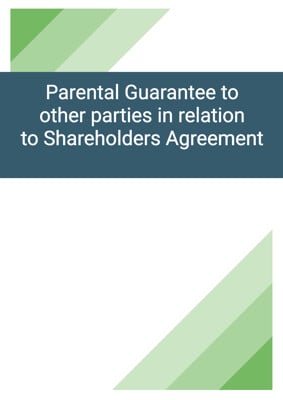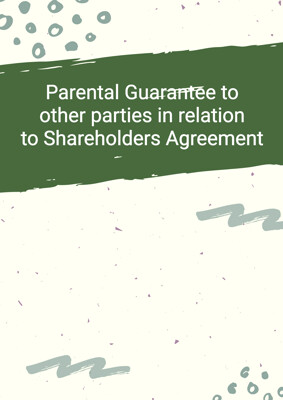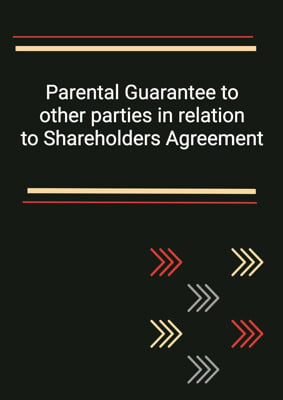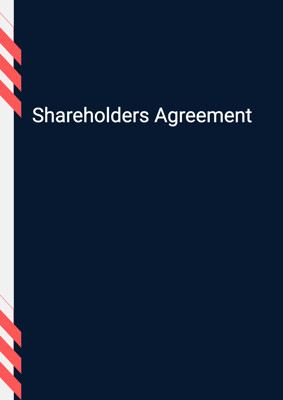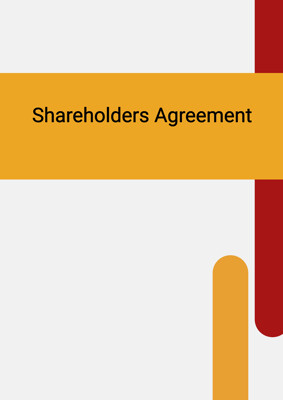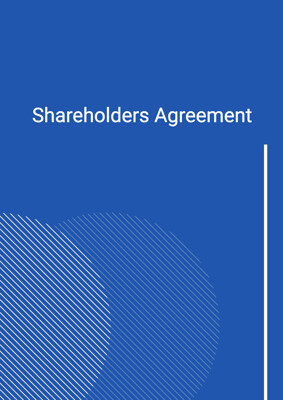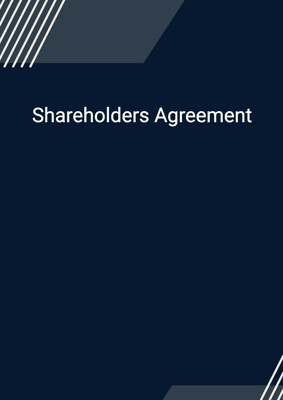How to Tailor the Document for Your Need?
01
Create Document
Fill in the details of the parties. You can click the "Fill with Member’s Information" button to complete it with information saved to your account.
02
Fill Information
Please fill in any additional information by following the step-by-step guide on the left hand side of the preview document and click the "Next" button.
03
Get Document
When you are done, click the "Get Document" button and you can download the document in Word or PDF format.
04
Review Document
Please get all parties to review the document carefully and make any final modifications to ensure that the details are correct before signing the document.
Document Preview
Document Description
The Shareholders Agreement is a legally binding document that outlines the terms and conditions governing the relationship between the shareholders of a company. It is entered into by Party 1, Party 2, and Party 3, who have agreed to jointly invest in a company. The purpose of this agreement is to set out the terms governing their relationship as shareholders in the company. The agreement includes various sections that cover important aspects of the company's operations, such as the interpretation of terms, the purpose of the company, characteristics of the company, capital and further finance, board and management, reserved matters, financial matters, information and reporting, confidentiality, non-competition, regulatory matters, relationship with party's group, tax matters, transfer of shares, termination events, default, parent company further assurances, non-assignment, waiver of rights, amendments, invalidity, no partnership or agency, announcements, costs, entire agreement, conflict with articles, notices, settlement of disputes, governing law, counterparts, and no rights for third parties.
How to use this document?
To use this Shareholders Agreement effectively, follow these steps:
1. Review the entire agreement to understand its terms and conditions.
2. Ensure that all parties involved in the agreement have a clear understanding of their roles and responsibilities as shareholders.
3. Familiarize yourself with the definitions provided in the interpretation section to ensure a common understanding of key terms.
4. Understand the purpose of the company and the business it intends to carry out.
5. Review the characteristics of the company, including its name, registered office, and initial directors and officers.
6. Familiarize yourself with the provisions related to capital and further finance, including the issuance of new shares and funding support.
7. Understand the role of the board and the responsibilities of the directors.
8. Review the reserved matters section to understand the decisions that require the approval of all parties.
9. Familiarize yourself with the financial matters, including accounting principles, auditors, and dividend policy.
10. Ensure that proper information and reporting procedures are in place, including the provision of financial statements and management accounts.
11. Maintain confidentiality of any sensitive information shared under the agreement.
12. Comply with the non-competition provisions to avoid conflicts of interest.
13. Cooperate with regulatory requirements and seek necessary approvals when required.
14. Understand the provisions related to transfer of shares, including the rights of the continuing party and the fair price determination process.
15. Be aware of the termination events that may trigger the sale of shares.
16. Comply with the obligations outlined in the agreement to avoid default.
17. Ensure that all necessary approvals and consents are obtained from relevant parties.
18. Keep all parties informed of any changes to contact details.
19. Seek legal advice if any disputes arise and attempt to resolve them amicably.
20. Comply with the governing law and jurisdiction specified in the agreement.
Please note that this guidance is a summary and does not constitute legal advice. It is recommended to consult with a legal professional for a comprehensive understanding of the Shareholders Agreement and its implications.
Not the right document?
Don’t worry, we have thousands of documents for you to choose from:

